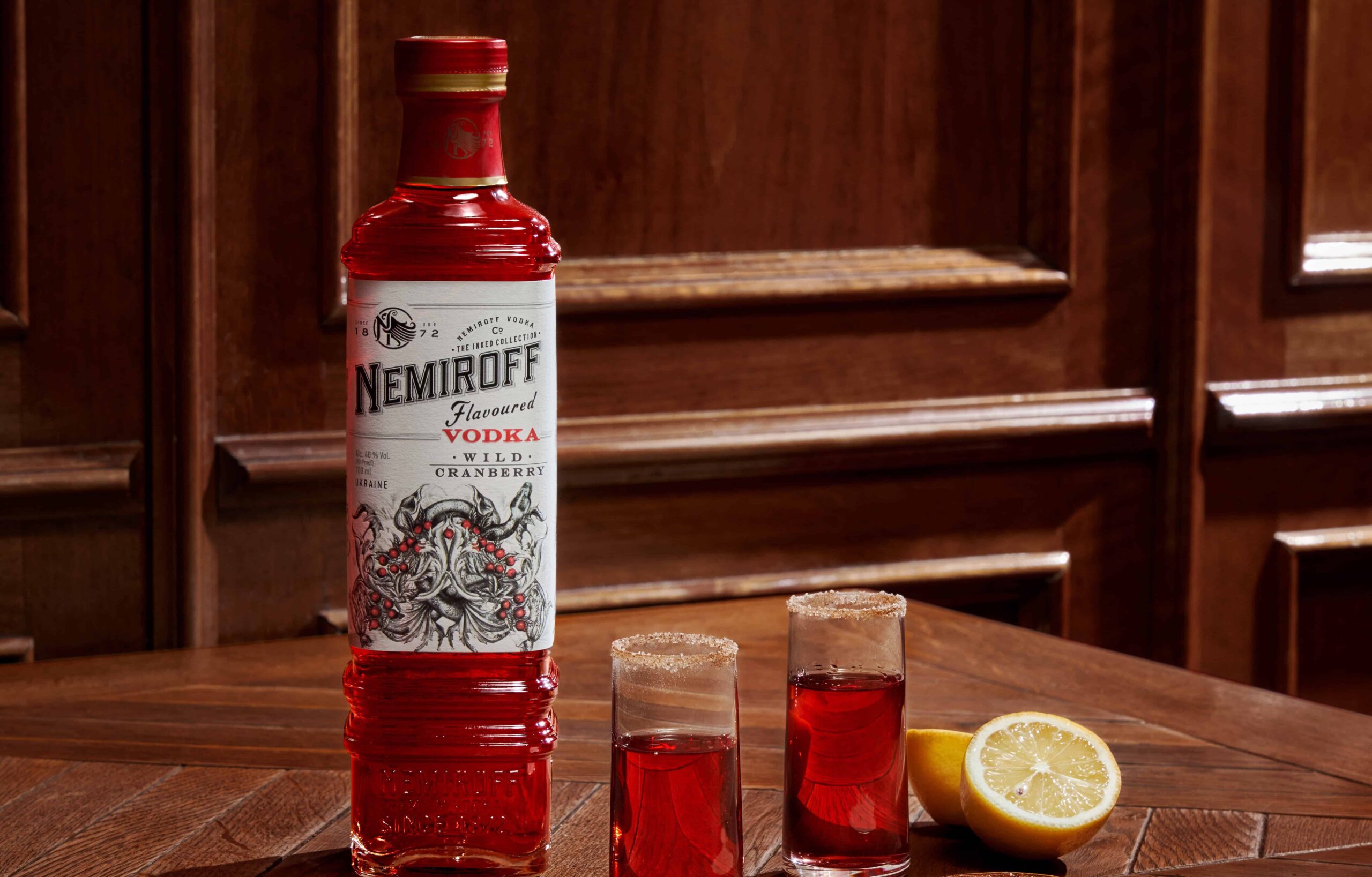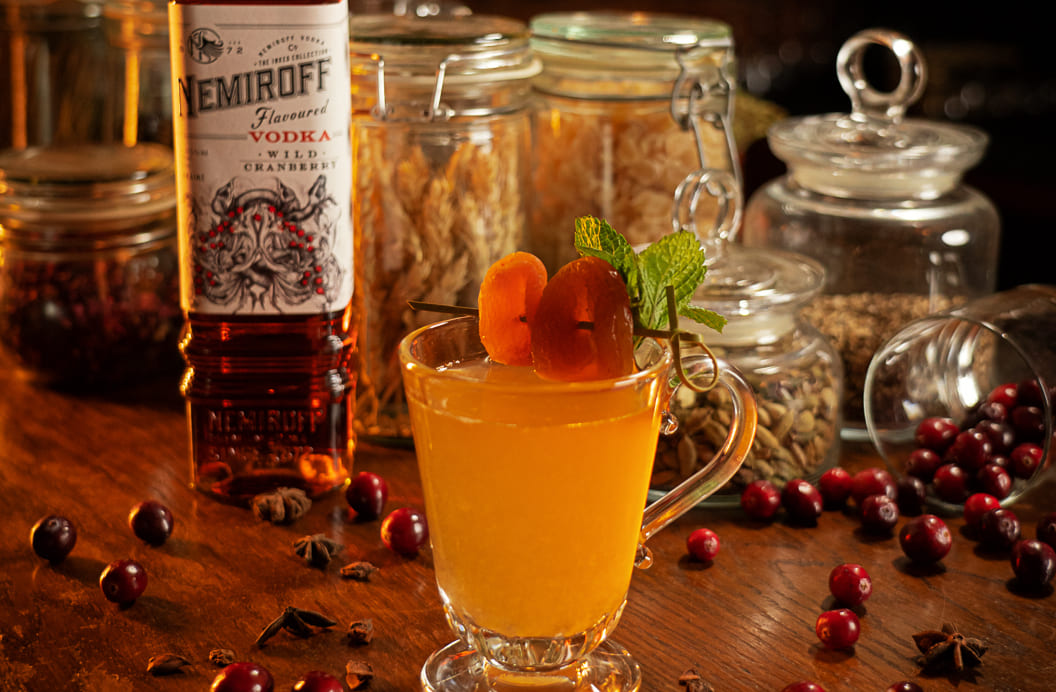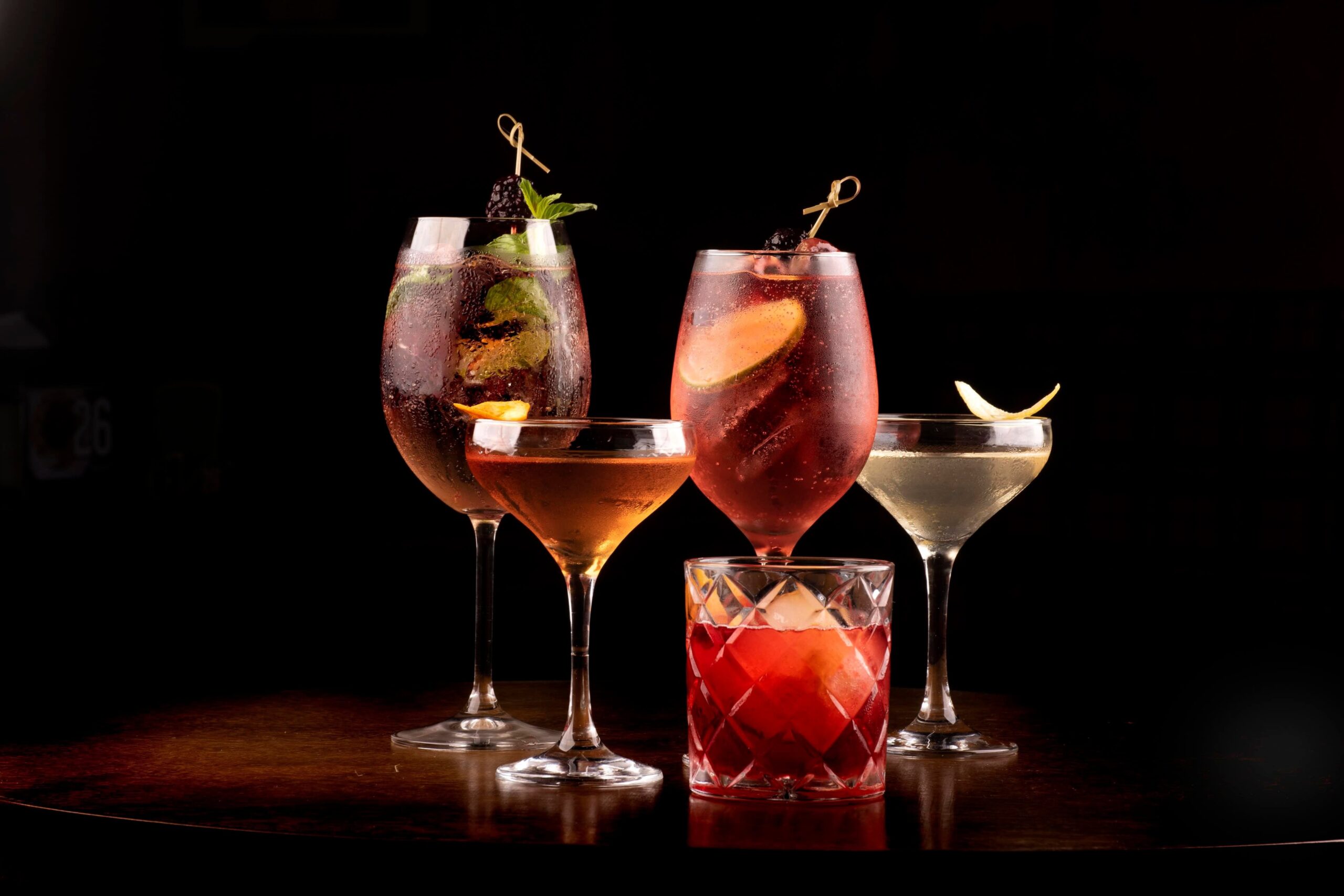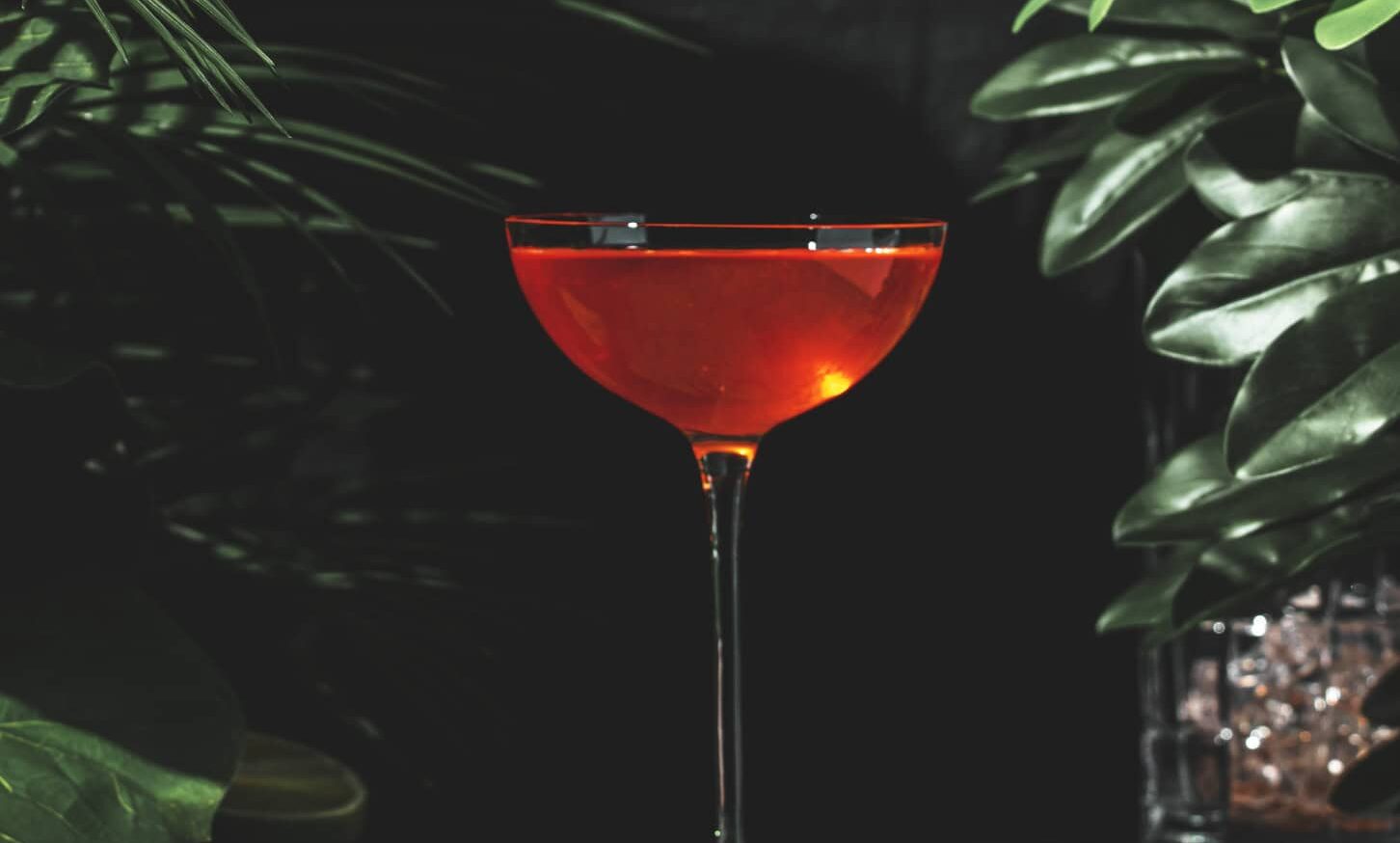Homemade infusions are becoming increasingly popular — as part of traditions, handmade gifts or an element of tasting culture. Some call them craft liqueurs, others — family heirlooms. However, even with basic knowledge and a desire to create a quality product, beginners often make typical mistakes.
Violating the infusion technology affects not only the taste but also the safety of the drink. To ensure that your infusion recipes do not end in disappointment, it is important to know what not to do.
The article does not provide recipes for making tinctures at home. The material is for informational purposes only and does not encourage alcohol consumption. Alcohol consumption is only permitted from the age of 18 and should be moderate and responsible.
The Most Common Mistakes When Preparing Tinctures
Despite the availability of ingredients and the simplicity of the process, making craft tinctures requires precision, cleanliness and patience. Even minor deviations from the basic principles can significantly spoil the taste, aroma or appearance. Let’s look at the five most common mistakes made when making liqueurs at home.
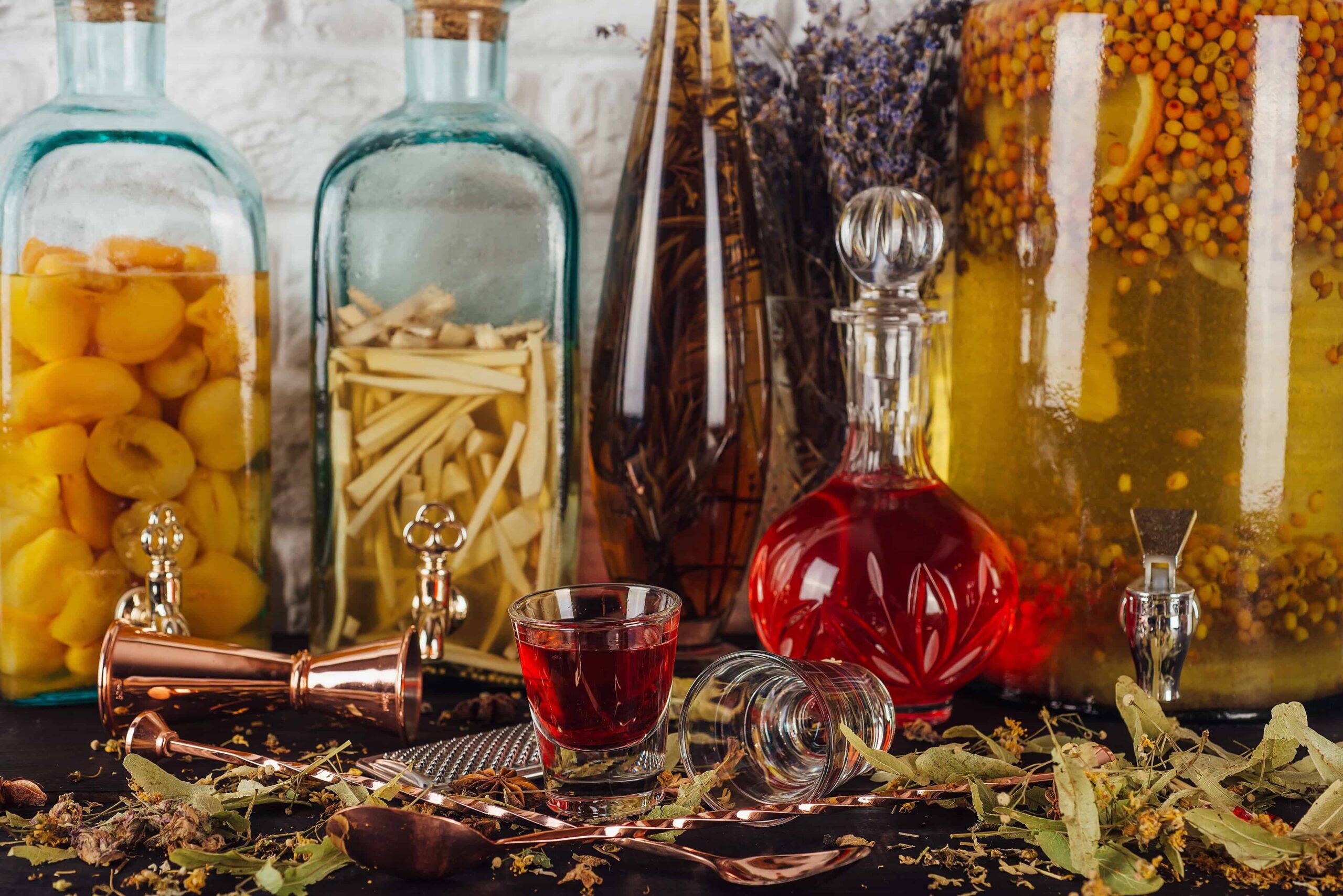
Incorrect dosage of ingredients
One of the most common problems is trying to “improve” recipes for tinctures by changing the proportions of the ingredients randomly. This often applies to sugar, honey, spices or the fruits themselves. An excessive amount of berries can make the tincture viscous and oversaturated, while too much pepper or cloves can cause bitterness that will not disappear even after prolonged ageing.
It is especially risky to change the amount of alcohol — increasing its proportion changes the extraction level and disrupts the balance. Excessive strength not only prevents the flavour from developing, but can also make the product aggressive. To avoid such consequences, it is necessary to adhere to precise calculations provided in classic recipes for tinctures, which are embodied in products based on Nemiroff vodka.
Use of low-quality alcohol or vodka
The quality of the alcohol base determines the entire taste profile of the drink. A common mistake is to use uncertified moonshine or the cheapest vodka that does not meet food safety requirements. This choice not only negatively affects the taste and aroma, but can also be harmful to health.
Professional producers use “Lux” grade alcohol or high-quality vodka with controlled characteristics. For example, the purity and stability of the composition of Nemiroff products allow them to be used in recipes for homemade tinctures.
Badly prepared raw materials (berries, herbs, fruits)
The selection and preparation of ingredients is equally critical. Even if the raw materials are harvested by hand, they must be carefully checked: remove any spoiled parts, rinse under running water and dry. Moist or dirty components start the fermentation or oxidation process, which spoils not only the appearance but also the taste of the drink.
Another mistake is using frozen fruits without proper defrosting. Such berries often lose their structure, leading to excessive sediment and cloudiness.
For consistent results, it is better to use only fresh, high-quality raw materials, especially when it comes to craft tinctures that are stored for a long time.
Failure to comply with temperature and storage conditions
Not only the recipe is important for infusion, but also the stable environment in which the extraction takes place. Temperature, humidity and access to light directly affect the chemical processes in the jar. High temperature accelerates the infusion, but often to the detriment of taste — the components are extracted unevenly, bitterness or cloudiness appears. Sudden temperature changes can cause condensation in the container, leading to product spoilage.
Light also plays a negative role — under its influence, some substances oxidise, changing the colour of the infusion and even causing an unpleasant odour. It is especially critical for herbal and berry varieties, where delicate aromas are easily disrupted.
To minimise risks, the tincture should be stored in a tightly closed glass container (preferably dark glass) in a place away from light and heat. The temperature should remain constant throughout the infusion period to ensure that the drink matures evenly.
Premature consumption of tincture without proper maturation
Even with the ideal composition and storage conditions, tinctures need time to achieve taste balance. It often happens that the colour and aroma are already formed, and it seems that the product is ready. However, the internal structure of the drink has not yet stabilised — the alcohol notes have not integrated with the fruit or herbal notes, and the taste peaks may be too ‘protruding’.
Early tastings often give a false impression of quality: the tincture may seem harsh, “raw” or bland. That is why the technology involves ageing even after the infusion stage is complete. It is important to allow the drink to “rest” — to filter, settle and finally form its profile.
The exact maturation time depends on the raw materials, recipe and strength of the base. But in most cases, even if the minimum time has been observed, it is worth giving the drink another 7–10 days of rest — this significantly increases its stability and uniformity of characteristics.
How to Avoid Common Mistakes When Making Tinctures
To prevent homemade tincture recipes from turning into a failed experiment, it is important to follow basic but often overlooked rules. They not only improve the quality of the drink, but also ensure its safety and aesthetic appearance.
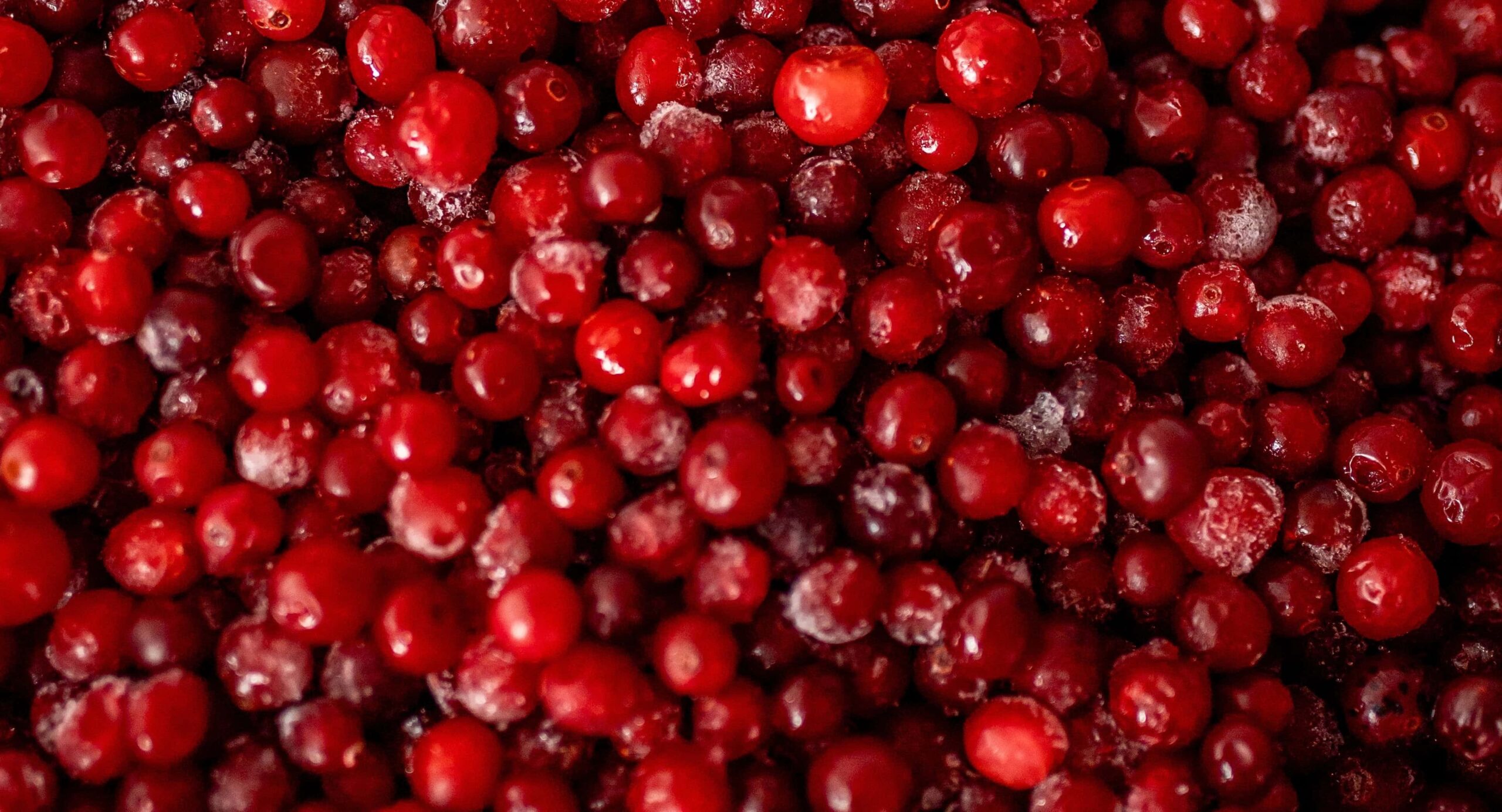
Use of only clean and fresh raw materials
The easiest way to ruin a craft infusion is to be careless when choosing ingredients. Even if the berries look ripe, make sure they have no cracks, spots or signs of mould. The same applies to herbs — they should be harvested in a clean environment, with no signs of wilting or dust.
Before being added to the container, raw materials must undergo basic preparation:
– rinsing in cold water;
– thorough drying to avoid excess moisture;
– selection of only high-quality herbs and spices.
These steps reduce the risk of spoilage and preserve the depth of taste of the ingredients.
Follow the recipe and infusion time
Improvisation can be fun, but not when it comes to recipes for tinctures. Random proportions, doubling the amount of spices or reducing the infusion time can completely ruin the intended taste profile.
To achieve consistent results:
– choose only proven recipes for vodka tinctures;
– use kitchen scales or measuring spoons for accuracy;
– record the start date of the infusion on the jar or in a notebook;
– opening the container during the infusion process disrupts the infusion process and can negatively affect the stability of the drink.
This approach complies with generally accepted quality control standards in beverage manufacturing.
Store tinctures in a dark, cool place
A lot of people believe that once the ingredients have been mixed, the main work is done. However, the infusion period is the most delicate stage, when any violation of the conditions can ruin a carefully selected composition.
Unstable temperature causes changes in the extraction rate. With sudden heating, tannins and essential oils are extracted more actively, which can cause excessive bitterness or cloudiness. Light, especially direct sunlight, triggers photochemical reactions that destroy the natural colour and aromatic components. Strong odours nearby can penetrate through the lid, especially if the container is not tightly closed or poor quality cork is used.
To avoid this, follow these simple but effective rules:
– keep the temperature between 10–18°C without sudden changes;
– keep the container as far away as possible from heat sources such as stoves, radiators and refrigerators;
– choose a dark place such as a pantry or cupboard without access to light;
– do not store near household chemicals or products with strong odours.
These conditions ensure stability and allow the infusion to mature naturally, as it does in the professional production Nemiroff — gradually, without external influences.
Making tinctures at home requires focus and an understanding of the basic principles. Every step, from selecting ingredients to storage, affects the final quality. Even minor deviations from the process can ruin your efforts.
Being aware of common mistakes and paying close attention to the process will help you achieve better results and maintain the consistency of your drink. Care, precision and responsibility are key ingredients in the preparation process.
Excessive alcohol consumption is harmful to your health.
